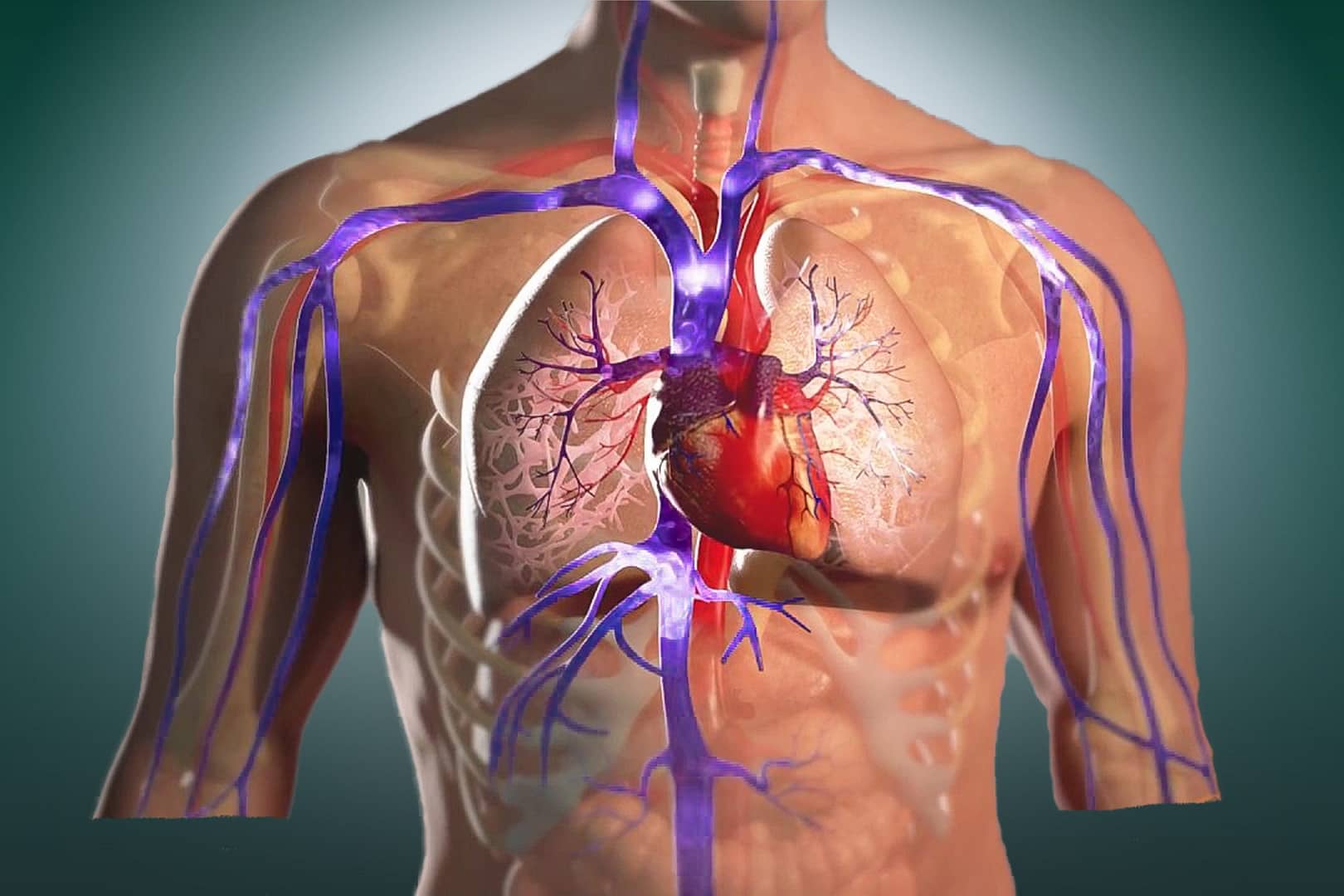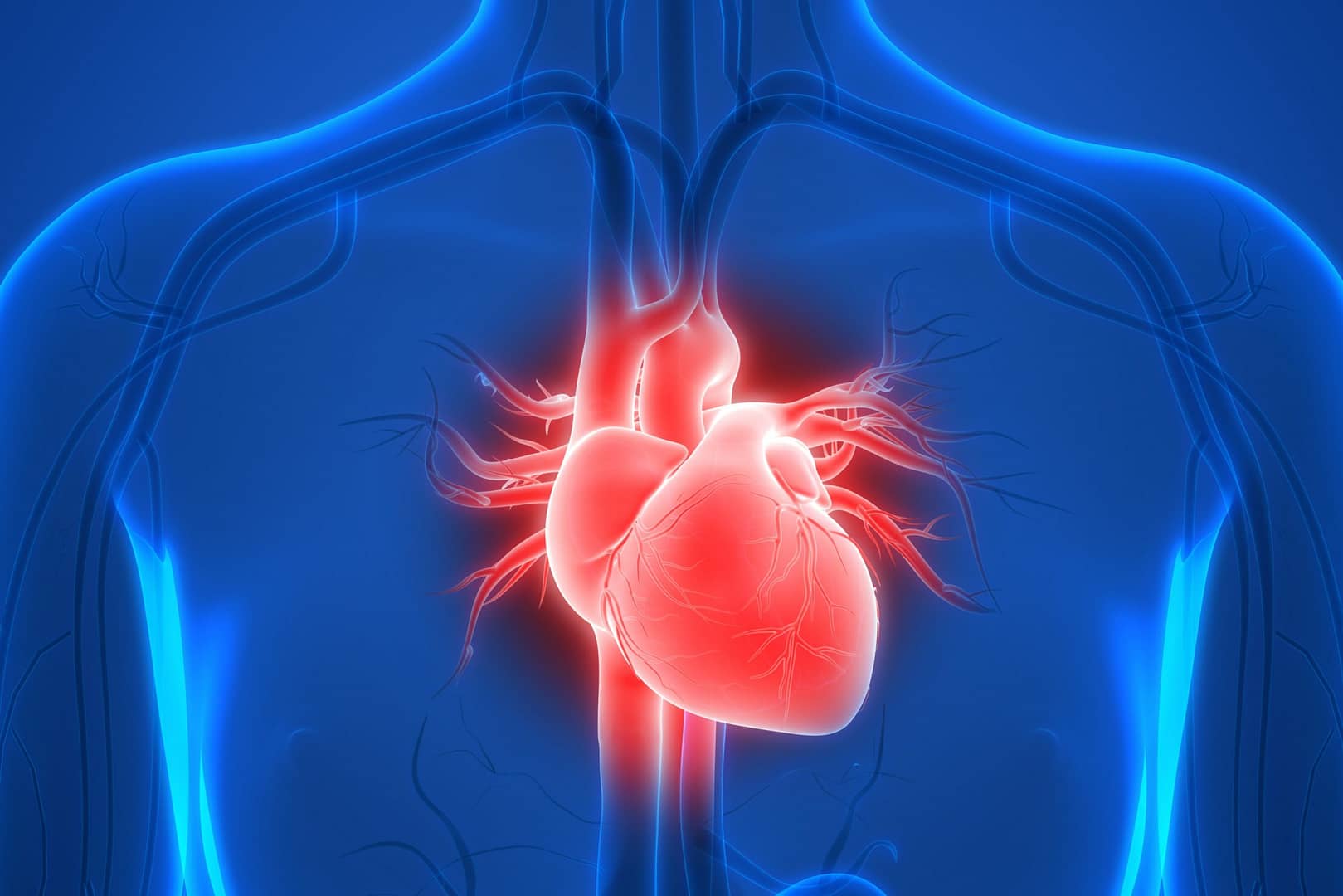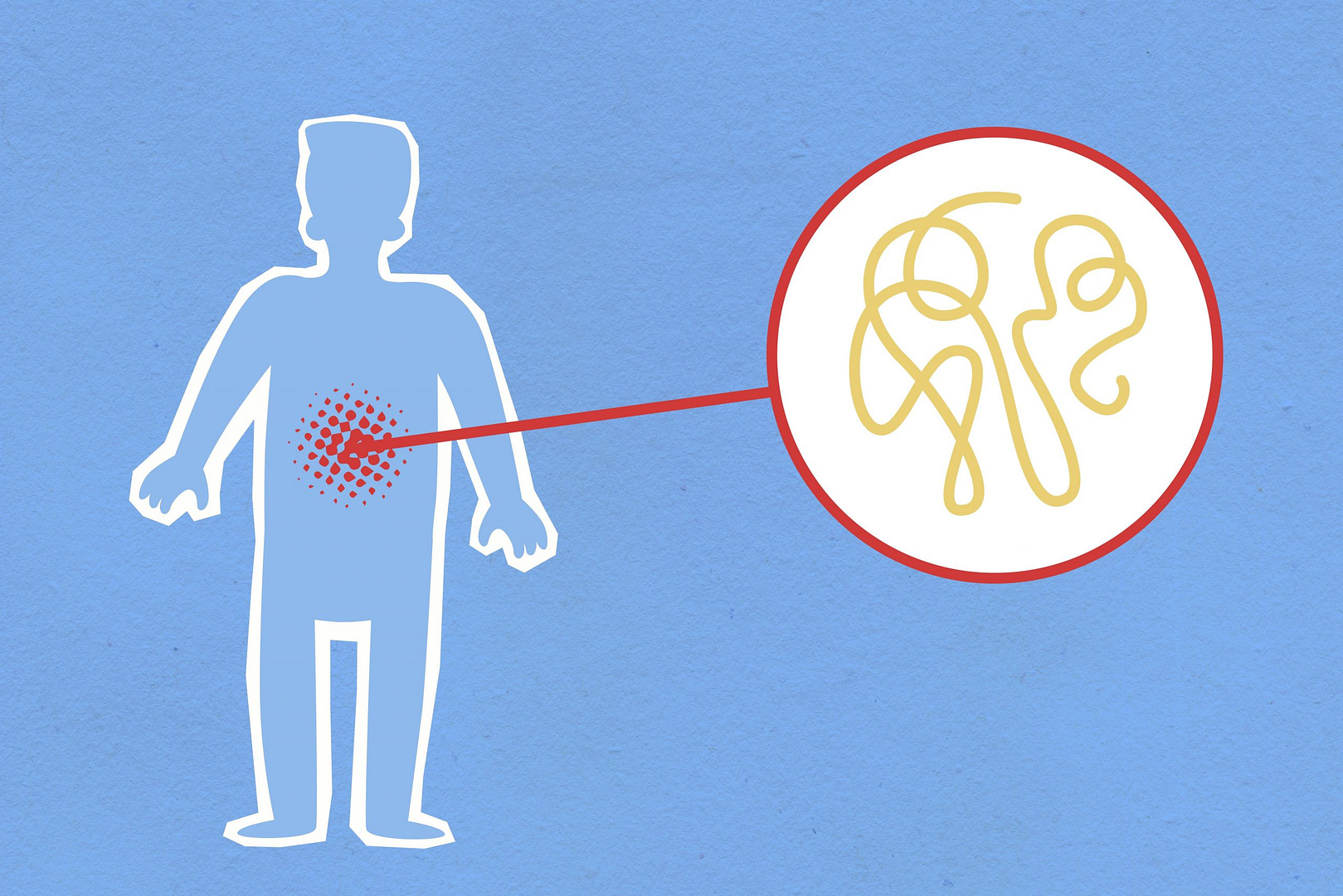Blood clots
Blood clots can be related to poor cardiac health, although there are many factors that can contribute to their development.
The heart and blood vessels work together to pump blood throughout the body, and any problems with the heart or blood vessels can increase the risk of blood clots.
Heart conditions such as atrial fibrillation, heart failure, and coronary artery disease can all increase the risk of blood clots.
In atrial fibrillation, the heart beats irregularly, which can cause blood to pool and form clots in the heart.
These clots can then travel to other parts of the body, causing serious health problems such as stroke.
In heart failure, the heart is unable to pump blood efficiently, which can lead to blood pooling in the veins and increasing the risk of clotting.
Useful links to other conditions.
Please click away…
PEMF therapy has been proven an effective treatment when it comes to the heart and cardiovascular problems, it improves blood circulation, oxygenation and overall cardiac health.
One such problem related to poor cardiac health is the formation of blood clots, which can pose a significant risk to a persons health.
With that in mind many people are looking at PEMF therapy to treat and even prevent the formation of blood clots.
PEMF therapy is a drug free, non-invasive treatment that is safe and effective, easy to use at home and proven in many studies to be effective.
On this page we will look at:
- What are blood cots
- How PEMF therapy helps with blood clots
- Detailed explanation of how PEMF therpay dilates the capiliaries
- How PEMF therapy works in the prevention of blood edema
- A brief explanation of PEMF therapy
Use the links to skip ahead.
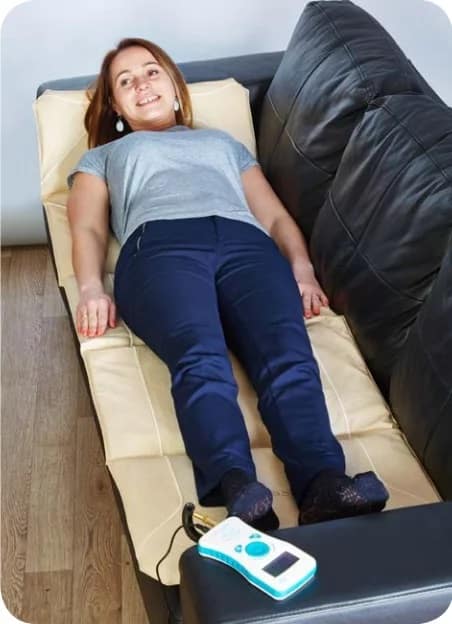
Blood clots
Blood clots are a natural response of the body to an injury, as they help to prevent excessive bleeding.
They are formed by platelets, small blood cells that collect at the site of an injury and bind together to form a plug. This plug, along with other blood clotting factors, forms a mesh-like structure that helps to stem the flow of blood.
While blood clots are an essential part of the healing process, they can also be a cause for concern when they occur inside blood vessels where they can obstruct the normal flow of blood.
A clot that forms in a deep vein, usually in the leg, is known as a deep vein thrombosis (DVT). If the clot breaks free and travels to the lungs, it can cause a potentially fatal condition known as a pulmonary embolism (PE).
There are several factors that can increase the risk of developing blood clots, such as prolonged bed rest, surgery, certain medications, and pregnancy.
Certain medical conditions, such as cancer, heart disease, and autoimmune disorders, can also increase the risk of blood clots.
Blood clots can be diagnosed through a physical examination and imaging tests such as an ultrasound, MRI or CT scan.
Treatment options depend on the severity of the clot and may include anticoagulant medications, which help to prevent the formation of new clots and the enlargement of existing ones.
Preventing blood clots is important, especially in individuals who are at high risk.
This can be achieved through lifestyle modifications such as regular exercise, maintaining a healthy weight, quitting smoking, avoiding prolonged periods of inactivity, and PEMF therapy which we will look at next.
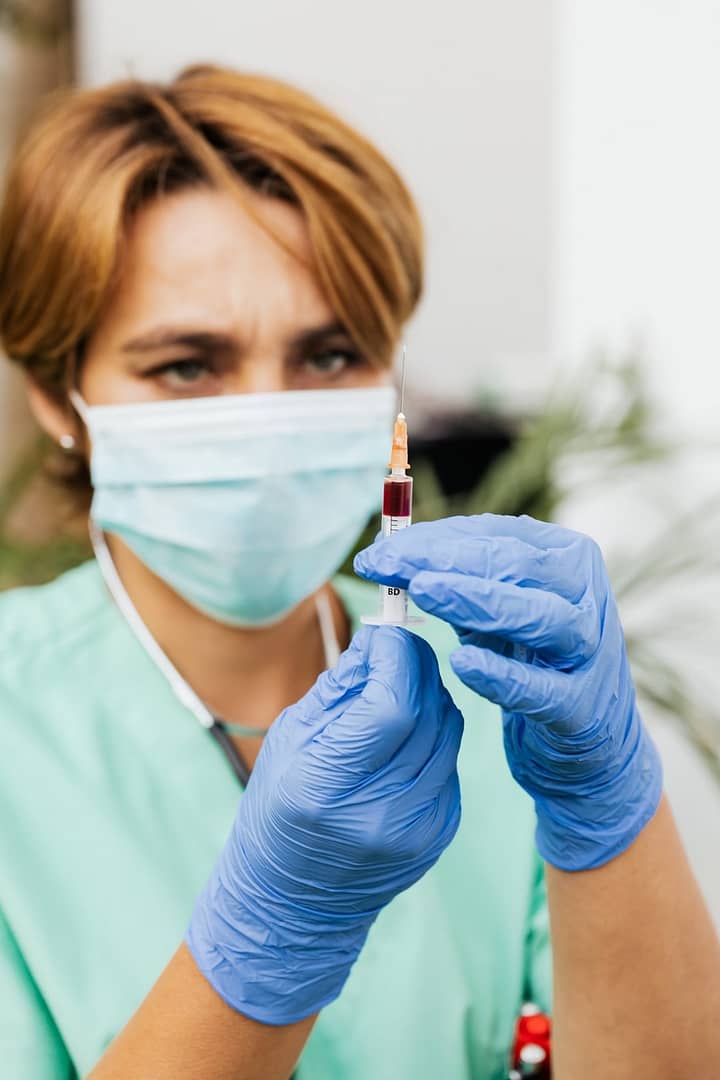
How PEMF therapy helps with blood clots
PEMF therapy, or pulsed electromagnetic field therapy, is a type of therapy that uses low-frequency electromagnetic waves to stimulate and heal damaged tissues in the body.
Studies have suggested that PEMF therapy may have a positive effect on blood circulation, which could potentially help prevent the formation of blood clots.
PEMF therapy has been shown to improve the microcirculation of blood, which refers to the flow of blood through the smallest blood vessels in the body.
By improving blood flow, PEMF therapy may help prevent blood from pooling and clotting in the veins.
Additionally, some studies have shown that PEMF therapy can have an anti-inflammatory effect on the body.
Inflammation is known to play a role in the development of blood clots, and reducing inflammation may help prevent the formation of blood clots.
While more research is needed on the use of PEMF therapy in preventing and treating blood clots, some practitioners may use PEMF therapy as part of a comprehensive treatment plan for individuals with a history of blood clots.
It is important to note that PEMF therapy should not be used as a substitute for standard medical treatments for blood clots, such as anticoagulant medications and thrombolysis procedures.
Anyone considering PEMF therapy for the prevention or treatment of blood clots should consult with a healthcare professional.

A detailed explanation of how PEMF therpay dilates the capiliaries
PEMF therapy has been suggested to have the potential to dilate capillaries, which are the smallest blood vessels in the body.
Capillaries are responsible for delivering oxygen and nutrients to the cells of the body and removing waste products.
When capillaries are constricted or narrowed, it can reduce blood flow to the cells, leading to a variety of health problems.
Several studies have explored the effects of PEMF therapy on capillary dilation.
One study published in 2015 found that PEMF thirty minutes of PEMF treatment induced cerebral arteriolar dilation leading to an increase in microvascular blood flow and tissue oxygenation that persisted for at least 3 hours. (Rodent models)
Other studies have found that PEMF therapy increased blood flow and capillary diameter in the patients’ feet, which are often affected by poor circulation in people with diabetes.
The mechanism by which PEMF therapy may cause capillary dilation is not well understood. However, it has been suggested that the electromagnetic waves produced by PEMF therapy may stimulate the production of nitric oxide in the body.
Nitric oxide is a signaling molecule that is known to cause blood vessels to dilate, which may explain the observed effects of PEMF therapy on capillary dilation.

How PEMF therapy works in the prevention of blood edema.
EMF therapy may have the potential to prevent blood edema, which is the swelling of tissues due to the accumulation of fluid in the interstitial spaces.
Blood edema can be caused by a variety of factors, including injury, inflammation, and obstruction of blood vessels.
PEMF therapy works by delivering low-frequency electromagnetic waves to the body, which are thought to stimulate the body’s natural healing processes. Specifically,
PEMF therapy may help prevent blood edema by improving blood flow and reducing inflammation in the affected area.
Improved blood flow: PEMF therapy has been shown to improve blood flow by increasing the diameter of blood vessels and promoting the formation of new blood vessels.
This improved blood flow may help prevent blood from pooling and accumulating in the interstitial spaces, which can cause edema.
Reduced inflammation: PEMF therapy has also been shown to have an anti-inflammatory effect on the body.
Inflammation can contribute to the development of edema by increasing blood vessel permeability and promoting the accumulation of fluid in the interstitial spaces. By reducing inflammation, PEMF therapy may help prevent blood edema.
As is always the case with PEMF therapy more research is needed to fully understand the effects of PEMF therapy on blood edema, but studies suggest that PEMF therapy may have the potential to improve blood flow and reduce inflammation, which may help prevent the development of edema.

A brief introduction of PEMF therapy.
Pulsed electromagnetic field therapy or PEMF therapy for short is an alternative treatment for many illness and medical conditions that involve exposing the body to very low frequency electromagnetic fields.
Nature and the earth are full of these low frequencies and without them the body becomes weak and sick. There is a big difference between low level electromagnetic fields (EMF) used in PEMF therapy and much higher EMF’s that are man made and found in microwaves and mobile communications for example. Typically, PEMF therapy uses frequencies below 100 hertz (Hz) and usually much lower.
Medical institutions and governing bodies have approved the use of this type of treatment and have conducted countless studies showing its effectiveness and health benefits.
So how does PEMF therapy work?
Our bodies are made up from trillions of cells, each cell is like a little power unit ever so slightly vibrating and moving, each group of cells with its own specific frequency. When an area of the body because damaged, old, or inflamed the cells stop working properly. Nutrients can’t get in and waste cannot be flushed out. This can be self-perpetuating, as the cells slow down working the body in turn sends less nutrients because it views these as less important celss than fully functioning ones.
Below is a very simplistic view of a cell before and after PEMF therapy
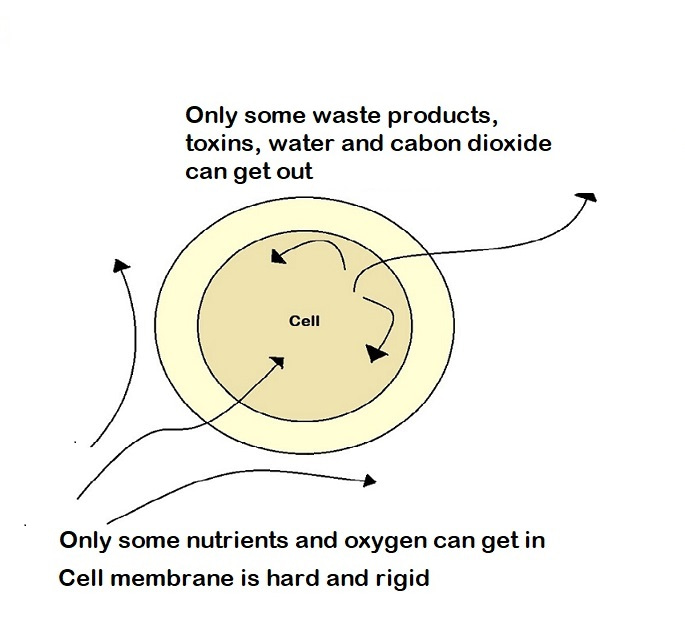
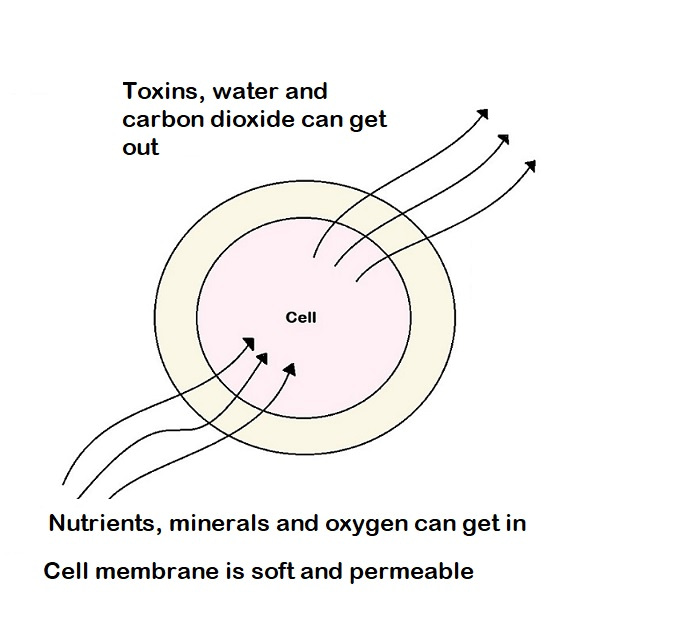
The pulsed electromagnetic field penetrates deep into the soft tissue and re-energies the cells that are damaged, like recharging a battery. The body now sees fully functioning cells that are calling for nutrients and working properly and balance is restored. For some conditions this process can happen very quickly, for other long term chronic conditions treatment can take time. The non-invasive nature of PEMF therapy means daily use is necessary but this comes with no side effects and PEMF therapy is safe and gentle on the body.
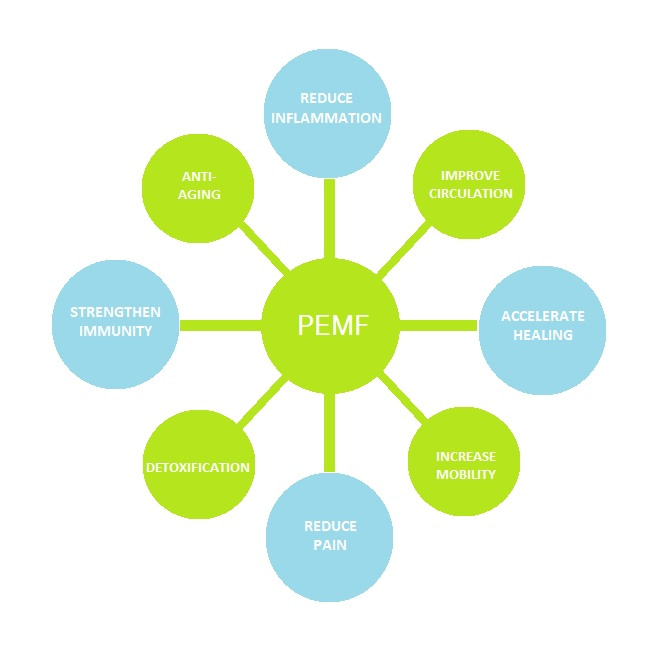
Our devices offer not only value for money but are extremely easy to use. They are perfect for individuals or whole families with several health issues as well as during convalescence and recovery, and our devices are often used for preventative reason.
When used at home, Renaissance PEMF devices offer a wide variety of applications. They can be used to treat several health issues, improve mobility, alleviate pain, improve physical condition, boost the immune system, and accelerate healing processes.
Additionally, devices may be used for preventative purposes as well as to help you relax. Magnetic therapy can be enjoyed by children, adolescents, adults, and the elderly.
Back to top of page
Back to top of page
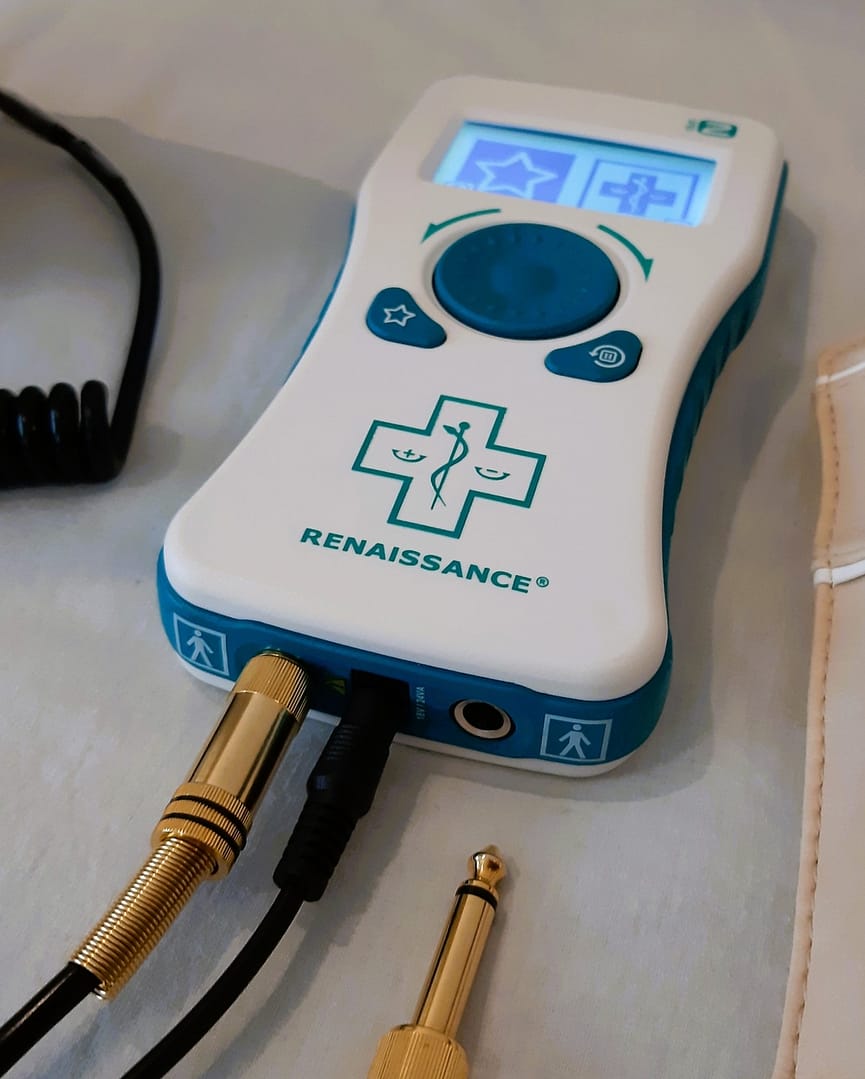




Disclaimer: These pages outline how PEMF has helped many people and health issues. This does not prove that others would have the same results. Our products are designed to promote health and wellness and not to diagnose, treat or prevent specific medical conditions, for which you should see a doctor or health care professional. This information has not been evaluated by the US FDA or UK Medicines and Healthcare Products Agency. While we try to keep it up to date and correct, we give no guarantees of any kind about its completeness, accuracy, or suitability.
Nice care and its employees have no formal medical training or qualifications. We will advise you with regards to how PEMF therapy could help you and explain how it has helped others. We do not offer medical advice or diagnosis. If you are unwell or need medical advice, please consult a doctor or health care professional.
The MHRA have seen all certificates issued by the relevant European safety boards and have raised no objection with regards to the suitability or sale of Renaissance® products in the UK
Nice care sell PEMF therapy UK – PEMF therapy for sale UK – PEMF devices UK – UK seller of PEMF therapy devices – Nice Care for PEMF therapy devices UK – PEMF therpay is safe – for sale in the UK – PEMF therapy for the family
Disclaimer: These pages outline how PEMF has helped many people and health issues. This does not prove that others would have the same results. Our products are designed to promote health and wellness and not to diagnose, treat or prevent specific medical conditions, for which you should see a doctor or health care professional. This information has not been evaluated by the US FDA or UK Medicines and Healthcare Products Agency. While we try to keep it up to date and correct, we give no guarantees of any kind about its completeness, accuracy, or suitability.
The MHRA have seen all certificates issued by the relevant European safety boards and have raised no objection with regards to the suitability or sale of Renaissance® products in the UK

